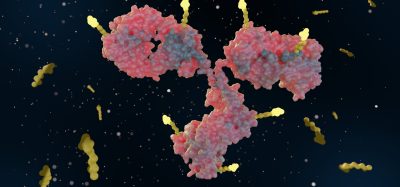Expert view: Laboratory informatics software – the top challenges
Posted: 19 March 2018 | Laurence Painell (VP Marketing - IDBS) | No comments yet
A look back, and forward, at the key trends within laboratory informatics.
What are the greatest changes that have taken place over the last 12 months in laboratory informatics software?
Businesses have become far more aware in the last 12 months about their need to integrate and leverage technology to do so. This is especially the case for cloud, which has fast become an integral part of laboratory informatics software. Gone are the days when informatics providers could get away with entering into a software selection process (RFPs) without a cloud and SaaS (Software as a Service) strategy. This has now evolved to such a point that nearly all of the new players in the market are providing their technology as SaaS only.
Integration is another area that has really developed – and the reason for it is clear: It is the foundation of nearly every other development taking place in informatics. Open APIs, data lakes, IoT (you name it…), none of this can take place without integration.
Automation now plays a central role in discovery. From self-driving laboratories to real-time bioprocessing
This report explores how data-driven systems improve reproducibility, speed decisions and make scale achievable across research and development.
Inside the report:
- Advance discovery through miniaturised, high-throughput and animal-free systems
- Integrate AI, robotics and analytics to speed decision-making
- Streamline cell therapy and bioprocess QC for scale and compliance
- And more!
This report unlocks perspectives that show how automation is changing the scale and quality of discovery. The result is faster insight, stronger data and better science – access your free copy today
Beyond that, have we seen completely new products or advancements that have been introduced?
There have not been many introductions this year that are brand new, but rather, systems and technologies that have moved forward in both their life and adoption cycles. As concepts such as AI, IoT and automation are moving into maturity, their proof of value has helped bring them closer to the mainstream.
In your view, what evolutions in technology or workflow process will cause the biggest change to the laboratory in the next two years?
The need for translational research is likely to be the greatest driver for evolutionary change in the coming years. We need to improve the availability of insight across the research, development, manufacturing and clinical cycle by integrating and moving data backwards and forwards in an automated and transparent way that can provide meaningful results and decrease the time it takes to bring a therapeutic to market.
Related topics
Artificial Intelligence, Informatics, Lab Automation, Technology, Therapeutics, Translational Science
Related organisations
IDBS
Related people
Laurence Painell








